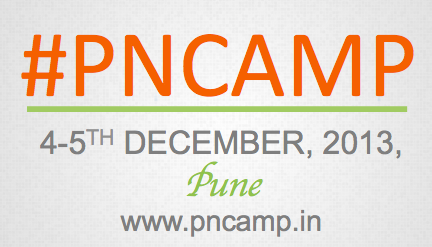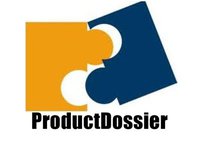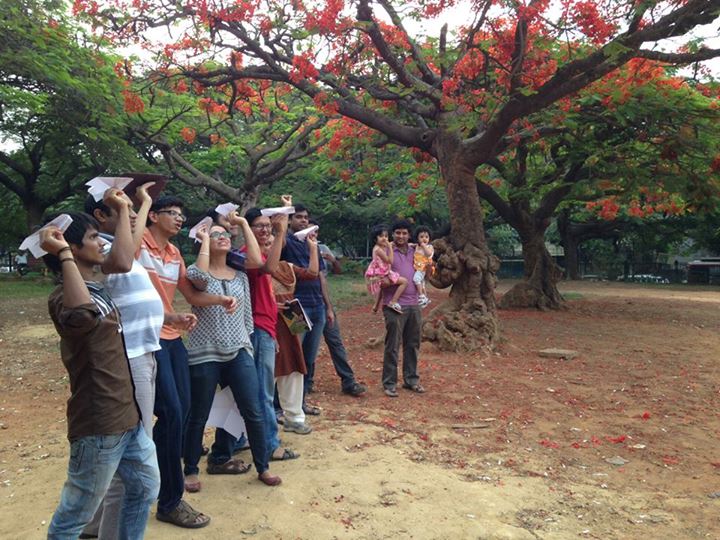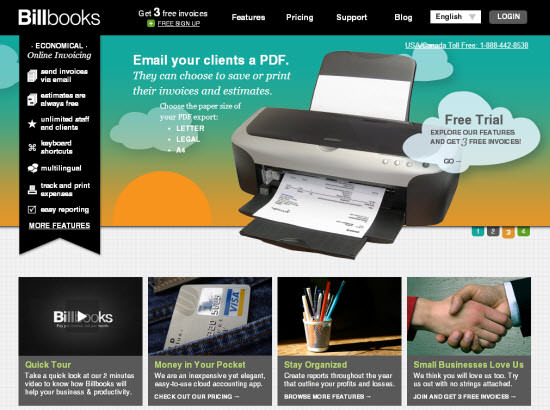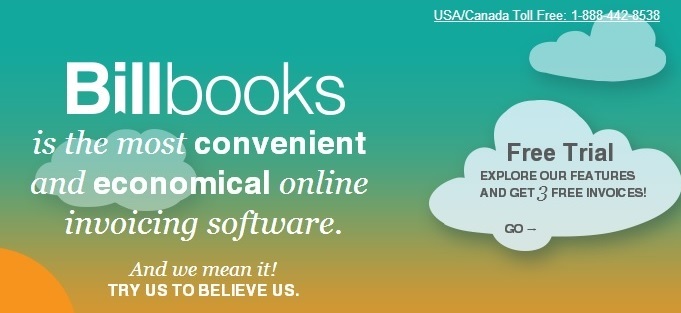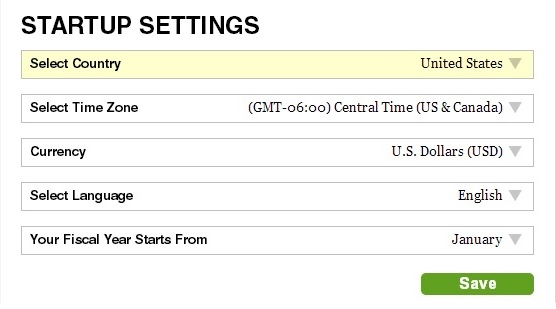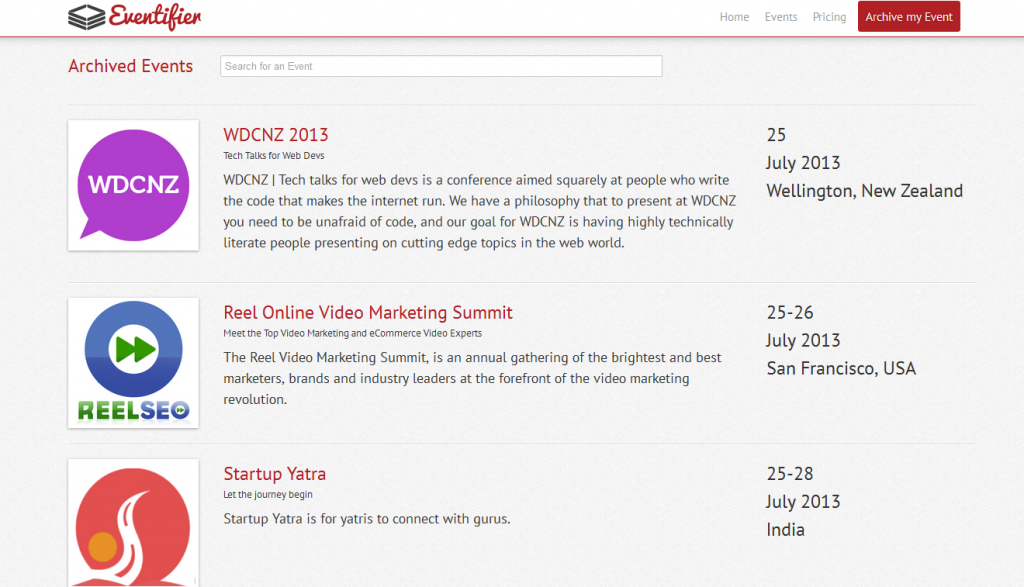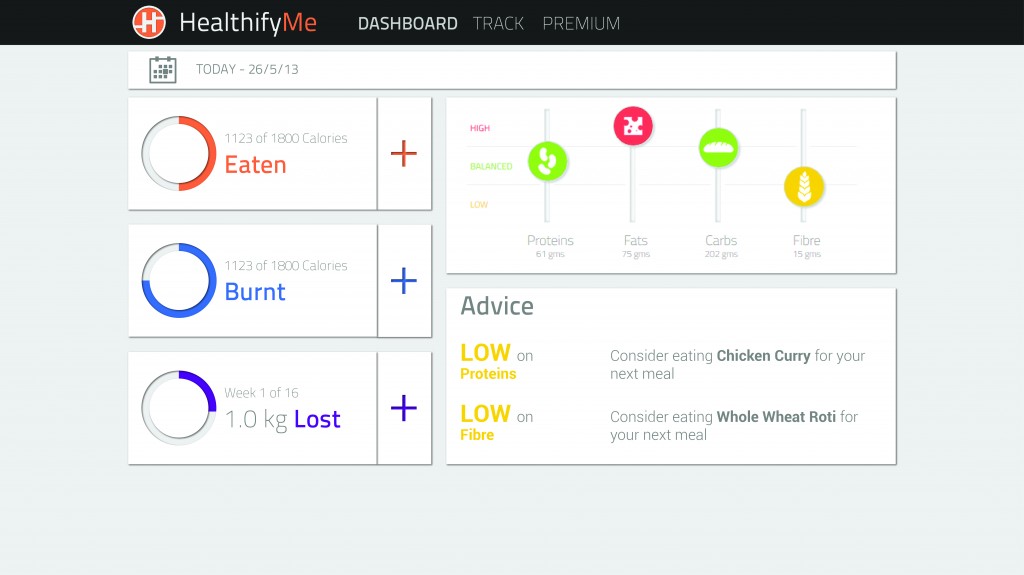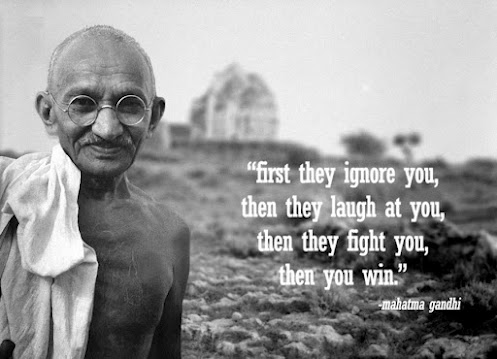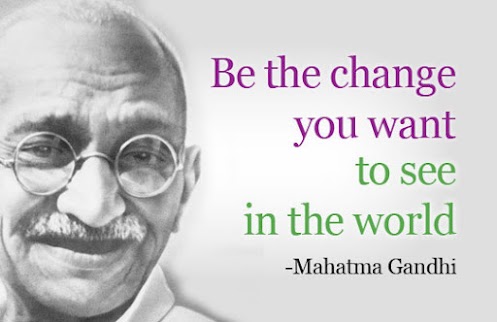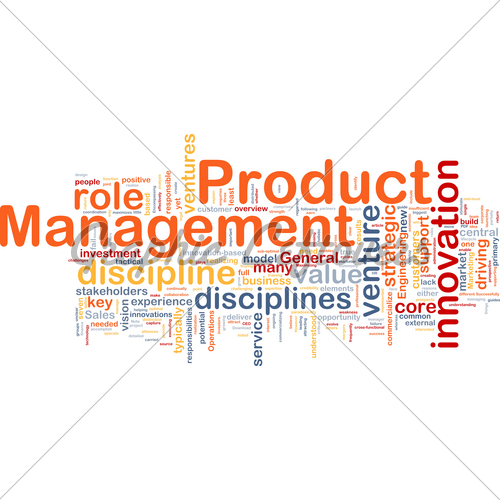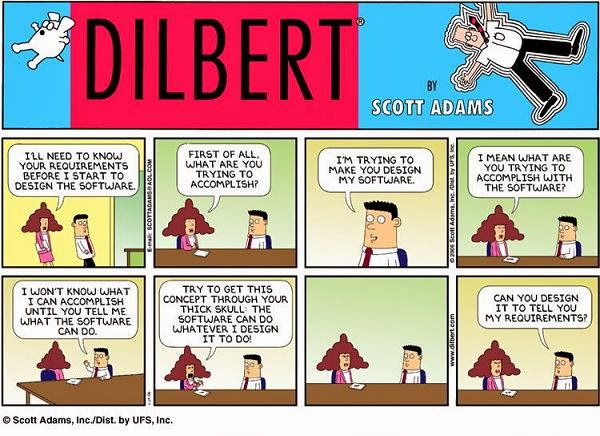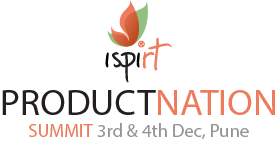ProductNation interviewed Sandeep Kumar, Founder of ProductDossier, a company focused on providing integrated project management software solutions to customers worldwide. Read on to understand the genesis of the company and the learning from the experience gained in selling to different sectors of B2B customers…
What factors led to creating ProductDossier?
 During my professional career and extensive travel to the West, I noticed that a lot of project based industries were struggling to manage the execution of their projects and programs. While they had ERP systems and PDM software, these solutions were still not able to help them manage the project planning and execution. I reasoned out that the cause for this gap was due to ERP systems being transactional in nature, and PDM systems aiding only in data management. This led to the inception of ProductDossier, positioned primarily as a platform for project planning and execution.
During my professional career and extensive travel to the West, I noticed that a lot of project based industries were struggling to manage the execution of their projects and programs. While they had ERP systems and PDM software, these solutions were still not able to help them manage the project planning and execution. I reasoned out that the cause for this gap was due to ERP systems being transactional in nature, and PDM systems aiding only in data management. This led to the inception of ProductDossier, positioned primarily as a platform for project planning and execution.
Besides the above, two more factors aided me in starting up ProductDossier, out of India. My education was from IISc, which imbibed a strong desire in me to create something from scratch or something new. Secondly, I had noticed a strong bias on IT services in the Indian ecosystem, while in the West, they appreciated the product oriented work in equal terms. I wanted to work on things that would help put India in the world of products. So, these aspects also contributed in me starting up.
Going to customers who are so used to ERP and PLM concepts, and trying to explain your offering should have been tough. How did you manage to convince your initial customers about the need and value of your product?
Since we setup our company in India, we targeted customers in our backyard, i.e, India for the first iteration. I found out that Indian customers were not able to verbalize their needs. Most of them were confused with the utility of ERP, PDM, PLM and CRM solutions and jargons – and were not sure of the value provided by these standardized solutions to their business. While in reality, some of these solutions could be a good fit, their lack of awareness of these solutions, and equally, the inability of these vendors to explain the value that these solutions can provide to the business – all led to the confusion.
Hence, we started approaching our prospective customers in a consultative fashion. Our first meetings with them would be to provide structure and meaning to the set of activities that they performed, mapped with the tools and practices that they currently used. Once the customer became aware of the landscape of their activities, we would then start discussing areas where there were big gaps and explain how our offering could help. This mode of complementing their existing solutions, showing them the bigger picture, aiding them to move to their desired goal, incrementally helped us win customers.
 How did your company evolve into offering diversified solutions to different industry sectors? What learning did you have as you straddled different sectors?
How did your company evolve into offering diversified solutions to different industry sectors? What learning did you have as you straddled different sectors?
We first positioned ourselves as an Integrated Project Management company, who would work to aid project based companies in the manufacturing sector in India. After a few engagements, we discovered that Manufacturing perhaps was not the best industry to go after, at the time we started. This was because in this sector, customers were not willing to pay, they expected any software to be delivered free, and they were not ready to look beyond what they already knew. Decision making was very slow – since the chief beneficiary of our solution was not the owner of the company or the key stakeholders but perhaps just the engineering manager.
We learnt a lot from the above experience. We realized that we were not solving a mission critical problem. Customers looked at our offerings as a nice to have capability – and not as a ‘must have’ capability. This way, we would stand a very less chance of converting a prospect into a sale. These experiences led us to focus on other similar project based industries, namely to Professional Services, Life Sciences & Pharmaceutical, & EPC.
We now focused on solving problems of the key stakeholders in these industries. We also made sure that we were solving the ‘must have’ problems – things such as project profitability, cashflow status, resources utilization, project material procurement, visibility of project status execution in real time, statutory compliances (ISO/CMMI,FDA, etc), NPD project portfolio, cross functional collaboration etc. This led us to more customers across different sectors.
Very interesting insights! What are your thoughts on selling and pricing your offerings in a market where every customer seems to have a unique need?
There are different aspects one needs to master, when you begin selling to enterprise customers. Firstly, there is a huge opportunity in the B2B marketplace if you can do two things: one is to provide your product as a solution and not as a pure software and second is to position it right along side the existing IT landscape without displacing anything in the beginning. As I mentioned earlier, the lack of awareness of customers, along-with the rigidity of established solution vendors provide immense opportunities for other players to satisfy the needs of customers, not only in India but across the world. So for instance our product has several modules with each module a complete product in itself. So what we do is we pick a few features from each module, assemble and deploy it at a customer location as a customer specific solution
However, pricing such highly customizable product or solution is a challenge. One needs to remember that a customer is only looking at whether the package or offering suggested by you helps in his business or not. So, many a times, pricing becomes the perceived benefits that the customer expects to derive from your solution, as you pitch to him. We are still learning in this aspect but I believe we are on the right path.
Given these observations, your Sales team would have a big challenge, since you go-to-market as a solution. How do you address this challenge?
If you notice, scaling the sales team has been one of the most critical success factors of B2B companies that have now become large entities. The issue to be addressed here is about your sales team’s ability to articulate the pain points that their customer faces. Given the highly unique circumstances of the target customer segment, it becomes a challenge to bring in consistency and repeatability in the value proposition articulation process. To mitigate this, we have relied on visuals that tellingly explain different scenarios a customer would face, and how our offering can help us. We also have come up with many case studies, and based on the prospect, we provide the closest case study as an example, during the selling process. These have helped us in scaling our sales execution. We have also setup a back office team whose sole mission is to innovate around all aspects of product so that it becomes easy for our sales team to demonstrate the value proposition and also easy for our implementation team to implement.
Many other companies similar to yours rely heavily on partners to scale, while you seem to be focused on scaling your sales team organically. Why?
In my view, partners are only one of the many different means to reach to your customers. It is very easy to sign up a partner, but it is difficult to enable them to sell our offering in a comfortable fashion. At best, then can be lead generators, introducing their captive customers to us. We initially engaged with a few partners, but it turned out that we had to do all the heavy lifting, in terms of engaging with the prospect, explaining the value of our solution and then even attending to their deployment despite partners being around.
This is not to say that the partners are not of value. The key problem is in enabling them to sell and manage the relationship with a customer even after deployment. So, we now are focused on creating an infrastructure where our sales team or partners can use the capabilities (visual, audio, content) to set up demos and articulate better. Once this is in place, I believe we will have a much fruitful relationship with partners.
When did you start selling globally? What has been your experience dealing with global customers?
We did not explicitly start selling to global customers. However, due to the nature of industries in which our India based customers worked, we were able to get good foothold and visibility on to foreign markets. For example, QuEST Global and Tata Technologies – two of our most valued Professional Services customers used our products worldwide to manage projects and resources. So, in reality, our product, while was deployed in India was used by about 5000 users across 30 countries almost from a couple of years since our inception.
However, we made concerted efforts to sell in the international market only from last year – since we wanted to have a good set of domestic customers as references prior to us formally entering foreign markets. We are making good progress in this front, signing up customers across different geographies in a short span of time. Moving forward we will be focussing a lot more on the overseas markets as a part of our growth strategy.
Thank you for your insights. As a parting question, can you share a few of your personal learning that you believe other fellow product entrepreneurs will benefit from?
I would say that as an entrepreneur, you should be out with your customers as much as you can. This is critical, because, when you interact in person with a prospective customer, you learn so much about their needs and requirements much closer at their workplace, as it happens, than by reviewing these trends from your office.
Secondly, try and solve a business critical problem that has significant impact on the target organization. This will maximize the chances of sale of your product and bring this stickiness. Thirdly, do not go by the herd mentality – stay focused on solving your customer problem. Everything else will follow!


